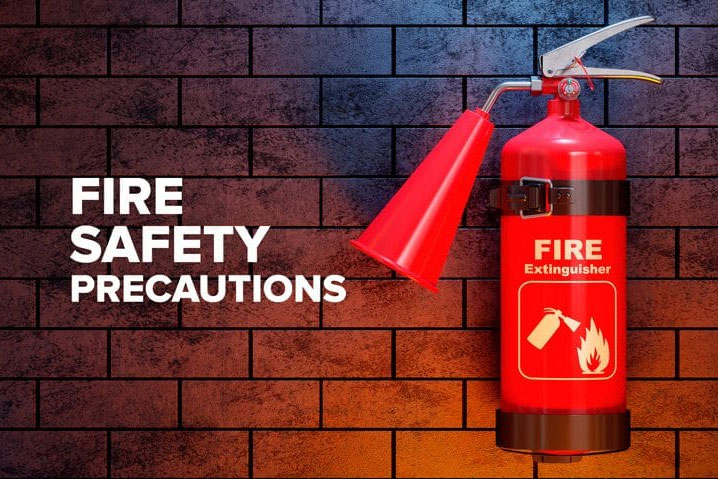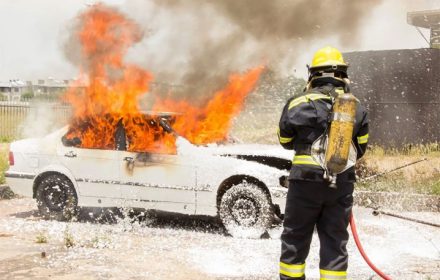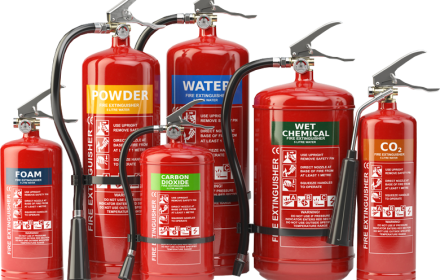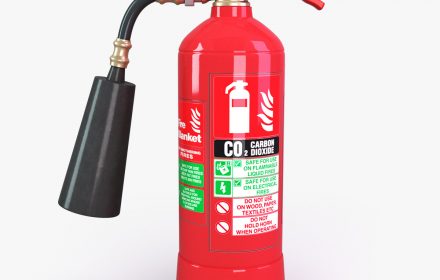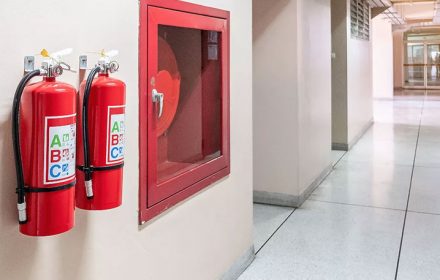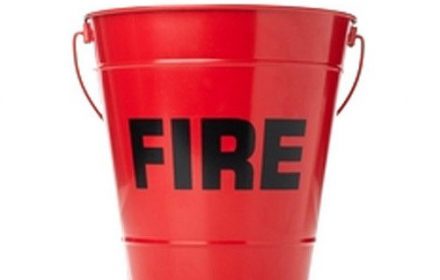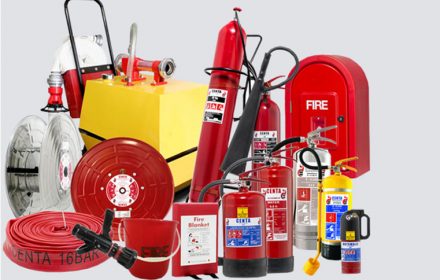Housekeeping
- Clean the equipment, work area, and surroundings regularly
- Remove all combustible waste (e.g. packing material, cotton waste, oily rags, etc.) into metal bins with lids
- Do not store raw / finished goods in aisles, stairs and other common passages & escape routes. Otherwise, fire escape may be hampered. Further, accidental mixing with materials of other SSI units in the building may create fire risk.
- Do not store combustible material in ducts, false ceilings, clearances between stacks / buildings.
- Designate & mark ‘No Smoking’ areas (e.g. Btores, workplaces having combustible / flammable substances)
- Arrange proper receptacles (with sand/water) for discarding used smoking material and match sticks.
Flammables
- Store flammable liquids in ventilated places away or segregated from ignition sources
- Secure gas cylinders upright. Put safety cap when not in use
- Use safety cans with tight, self-closing lid for carrying low flash point liquids
- Before transferring from one container to another, ensure bonding (connecting containers by a wire) and grounding (connecting to earth) to avoid static-arcing.
- Keep smaller containers (like carboys) in metal trays to prevent spread of possible leakage
- For tapping/ sampling from drums, keep drip trays to contain spread of spillage/leakage from taps
- Transfer liquids by stirrup pump (hand pump) or siphoning, never by pouring
- Mop up spillage by sand or chalk, not by saw dust
Welding & Cutting
- Remove all combustible material around the place of welding or cover them with fire resistant blankets.
- Keep a fire extinguisher at the location
- Check for damaged hoses / cables
- Always earth the job & welding equipment
- Always turn off the gas / electric supply when not in use
- Purge the pipelines or containers before starting hot work
- Have control on contractor’s work, preferably through work permit system Electrical Equipment
- Don’t overload the circuits.
- Avoid temporary electrical connection. Permit no taped joints in flexible cables
- Tighten electrical terminations in switch boards, electrical motors, vibrating equipment, etc. regularly
- Turn off the mains when equipment is not in use and in silent hours
- Allow a clearance of at least 1m between the material stack and overhead electrical fittings
- Periodically check insulation resistance of wiring and earth resistance Control current leakage with RCCBS (Residual Current operated Circuit Breakers) in main & sub-circuits
- Use right size cable glands and shield unused openings of MCB/DB enclosures/ Panels
- Employ licensed electricians for installation, repair and maintenance
Fire Separation
- Familiarize with fire hazards of adjoining SSI units in the same building
- Seal all openings (for cables, pipes, etc.) in the partition walls within the unit and in boundary walls, ceilings and floors with other units
- False ceiling areas should not connect with adjoing units
Means of Excape
- Always ensure that occupants can safely escape in fire emergency. Never block the escape routes or lock the exits when people are inside
- Prominently mark the fire exits
- Lifts should not be used in case of fire
Fire Protection
- Portable fire extinguishers should be provided as per IS 2190-1992
- Maintain the extinguishers in good condition
- Fire hydrants / hose reels are recommended. In ‘galas’ these could be common facility
- Have mutual aid arrangements with neighbouring units for fire fighting. This will be effective and economical
Fire Emergency In the event of fire, employees should be able to-
- Notify someone else, and activate fire alarm, if any
- Call local fire brigade giving essential information (what is on fire, name & address of factory, directions to reach, etc.)
- Locate fire extinguishers / hose reel and operate them
- Help any affected person to person to reach safer place
- Evacuate and go to the assembly point for head count
Remember – Don’t give fire a place to start

